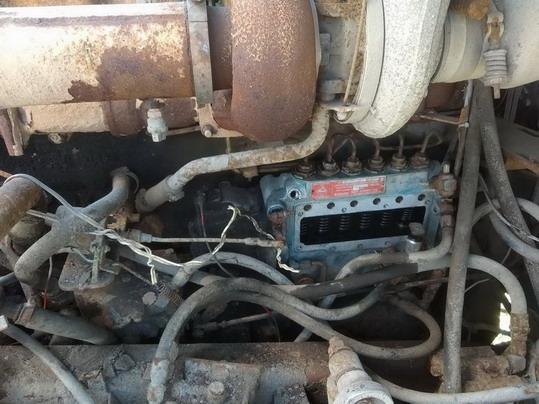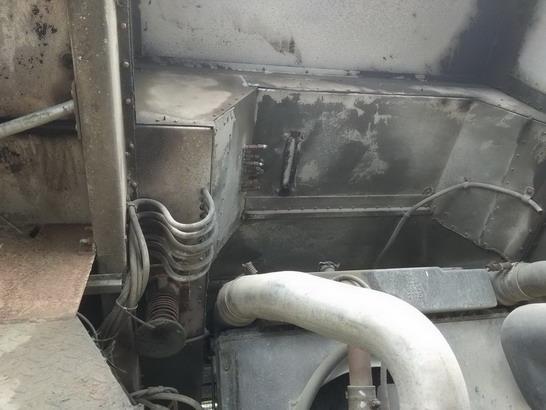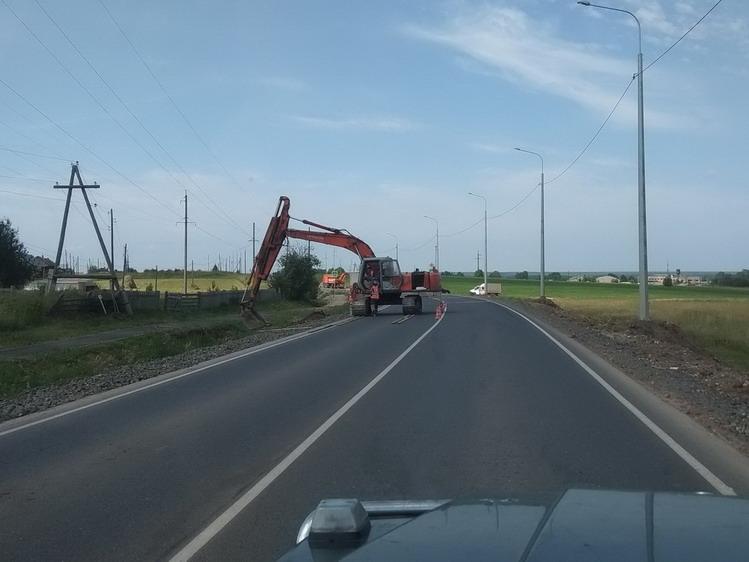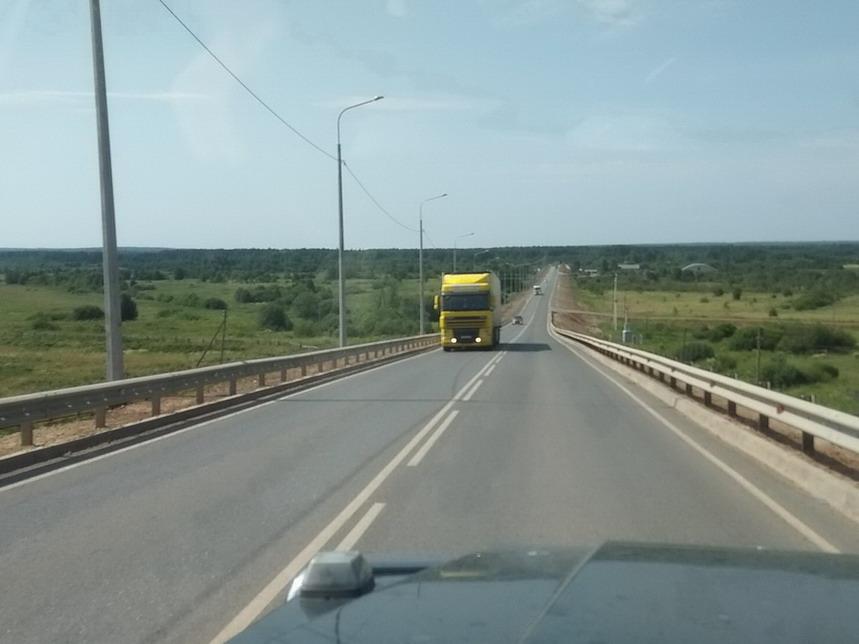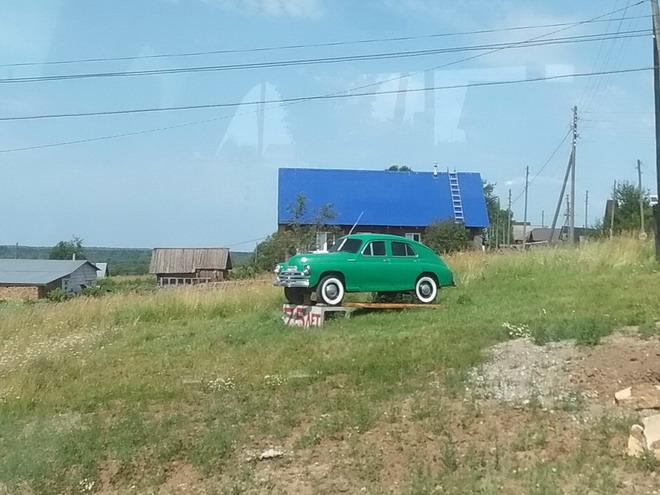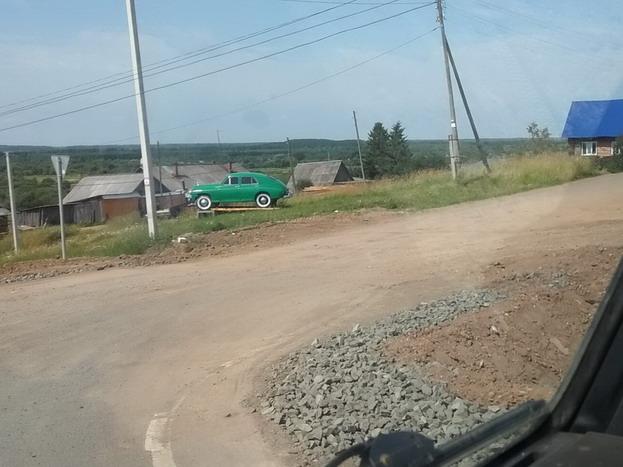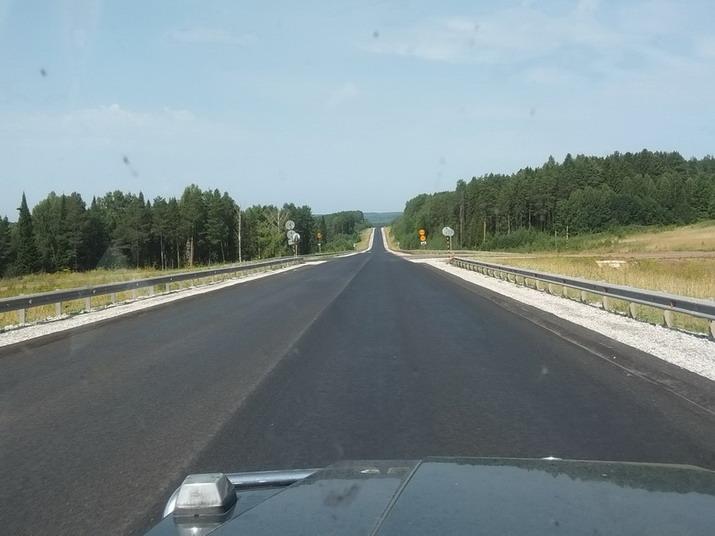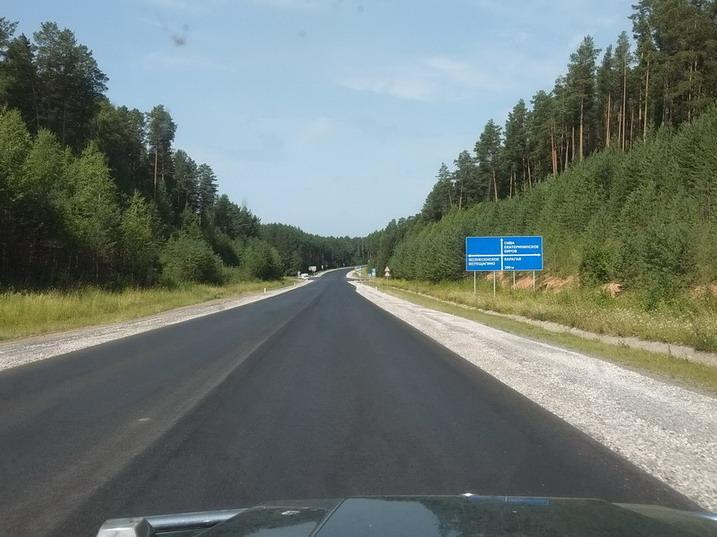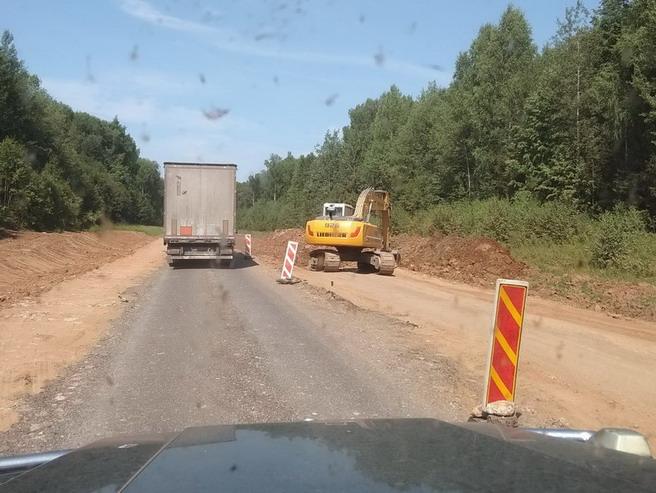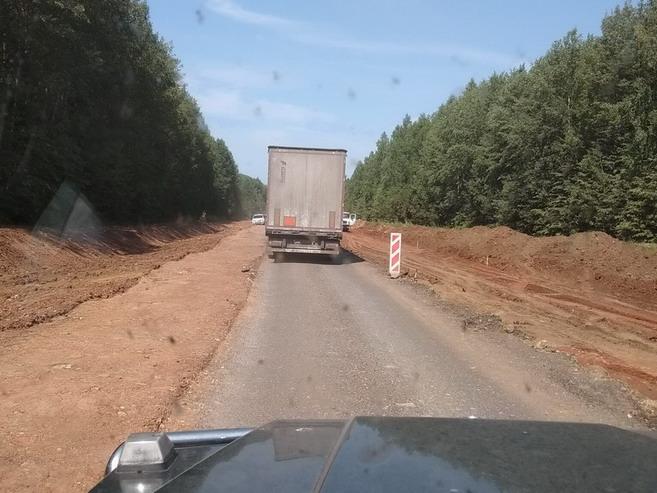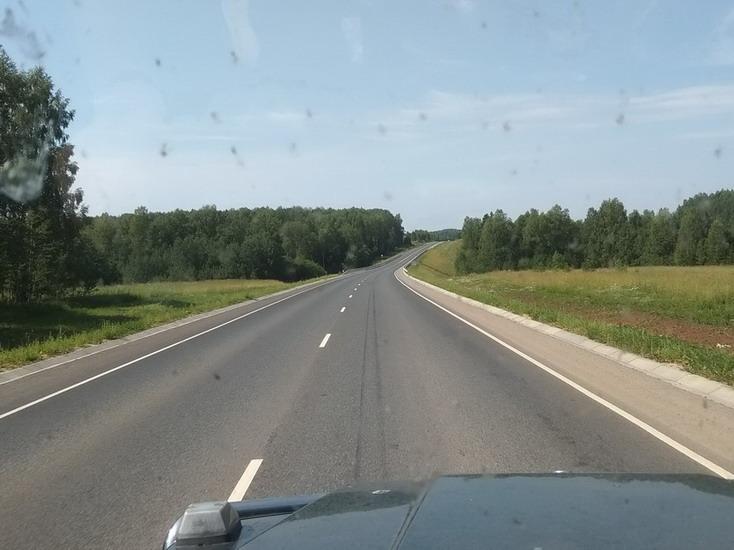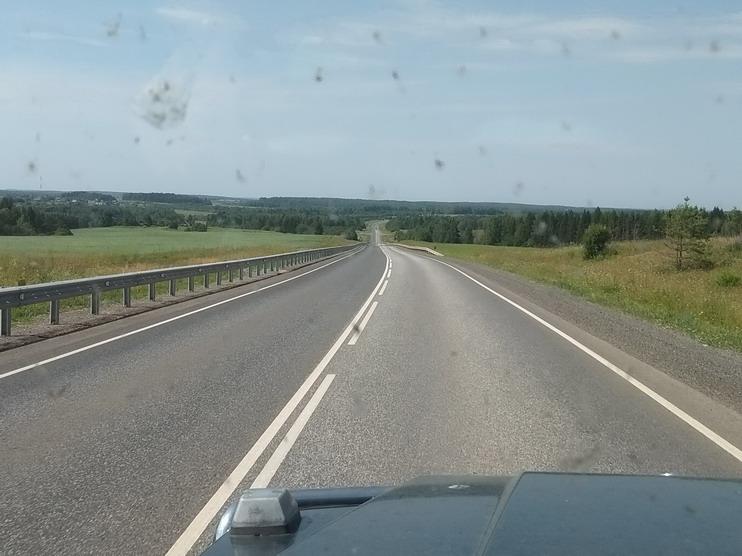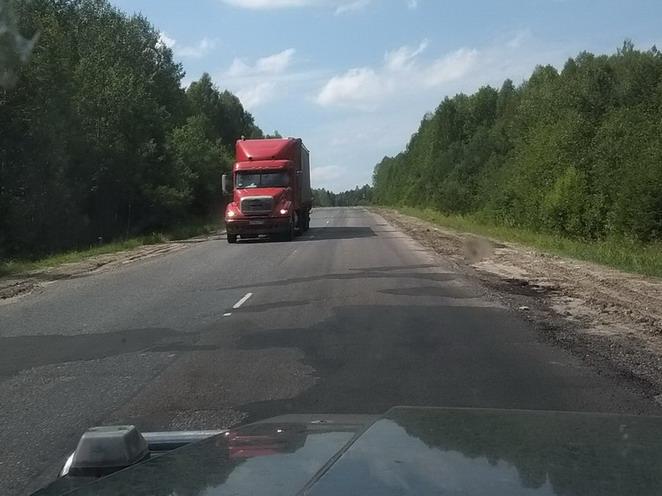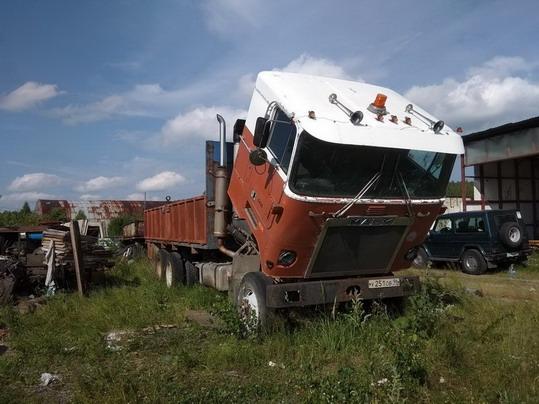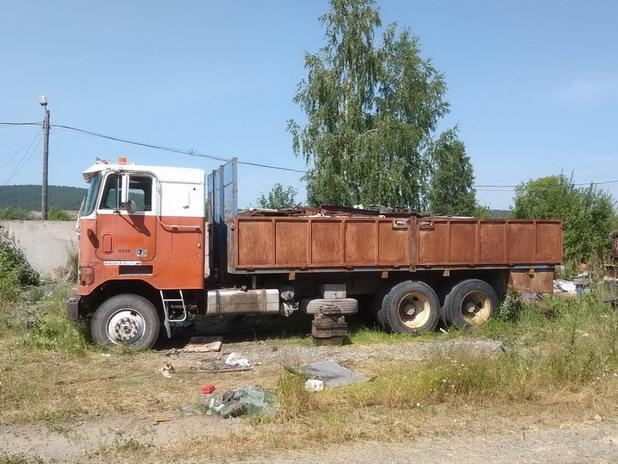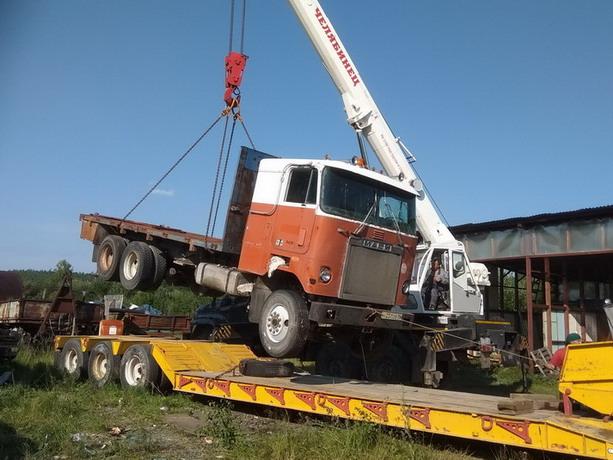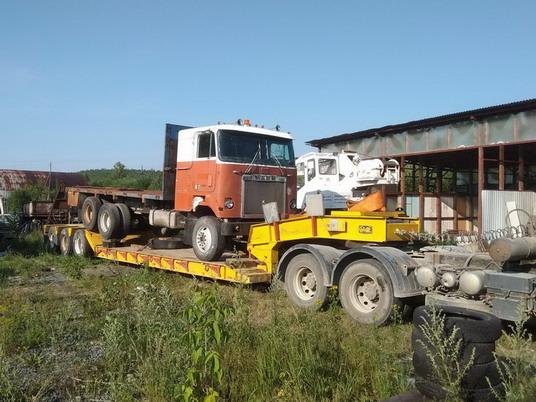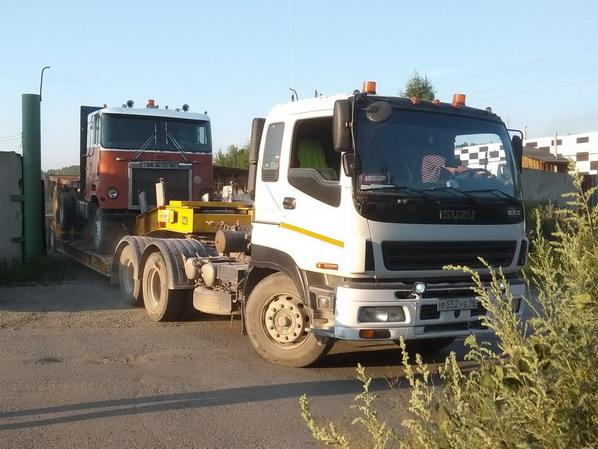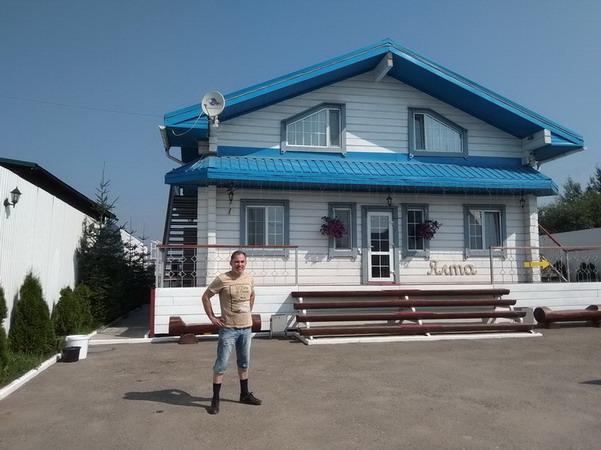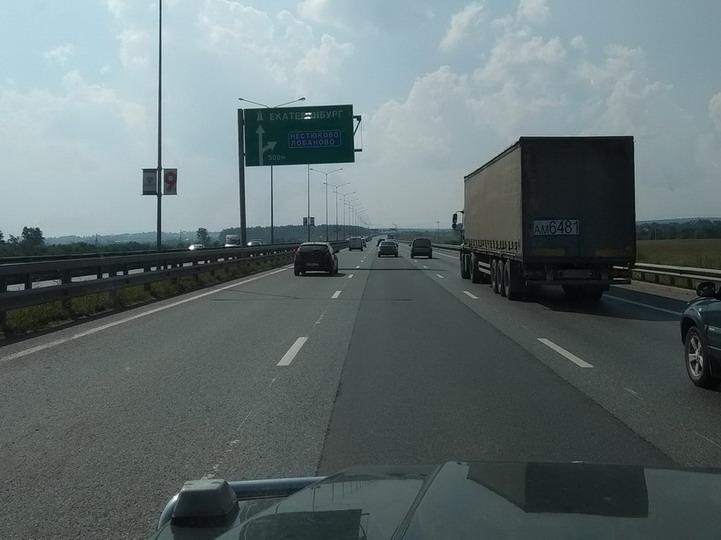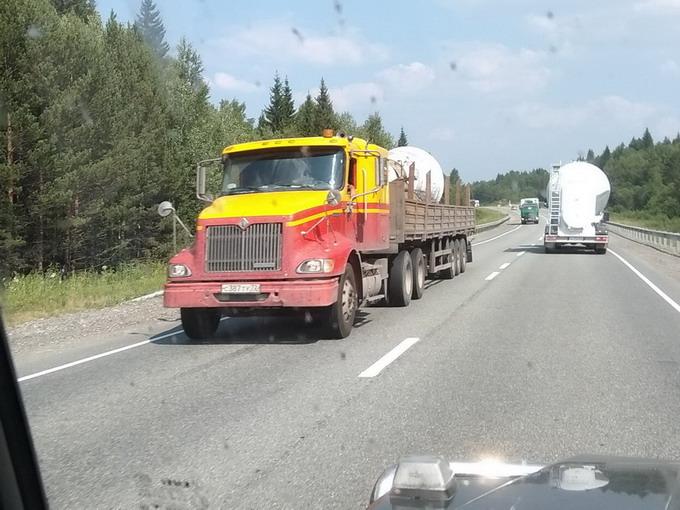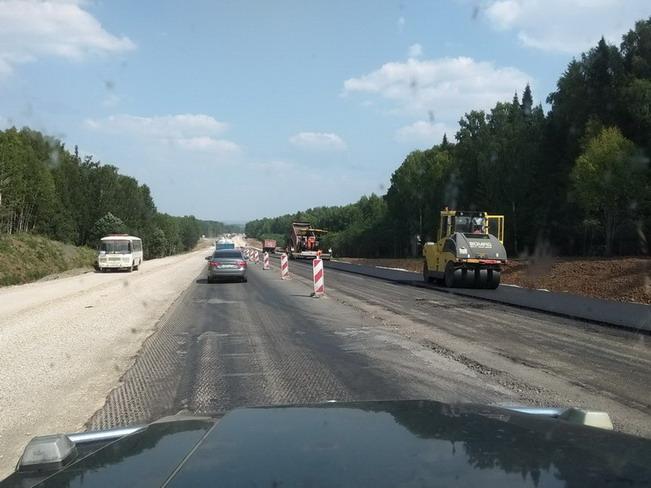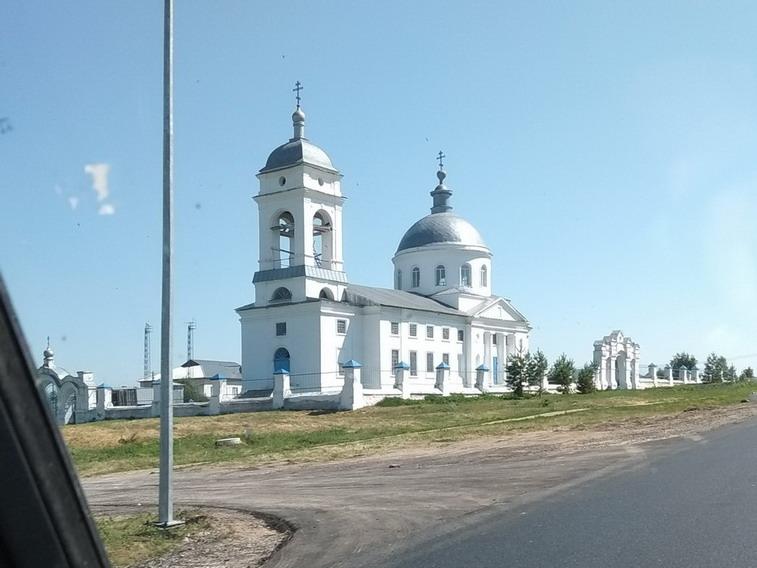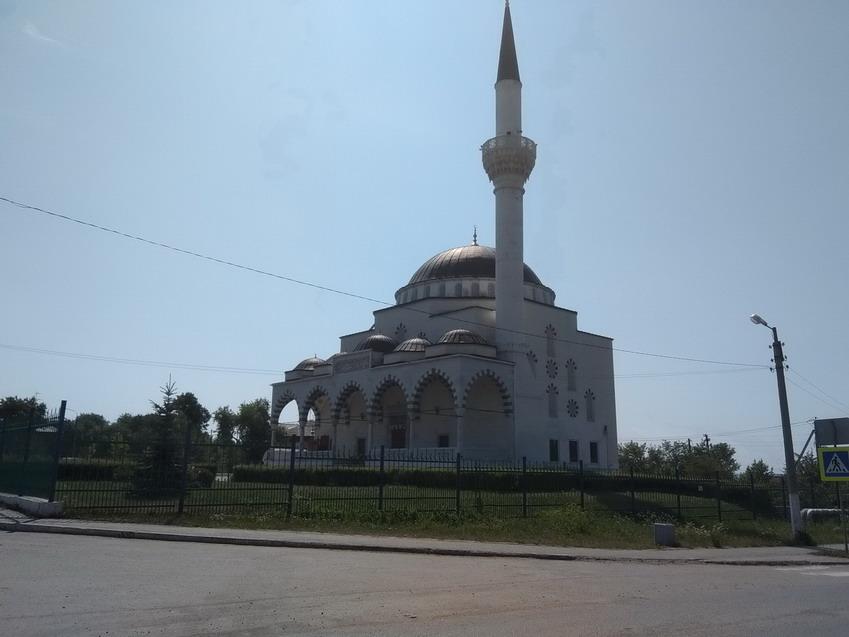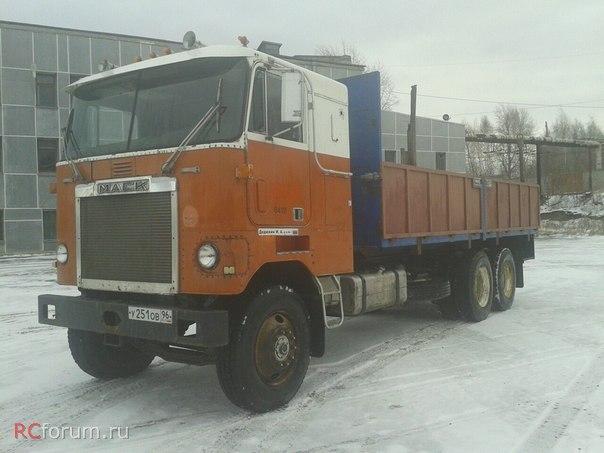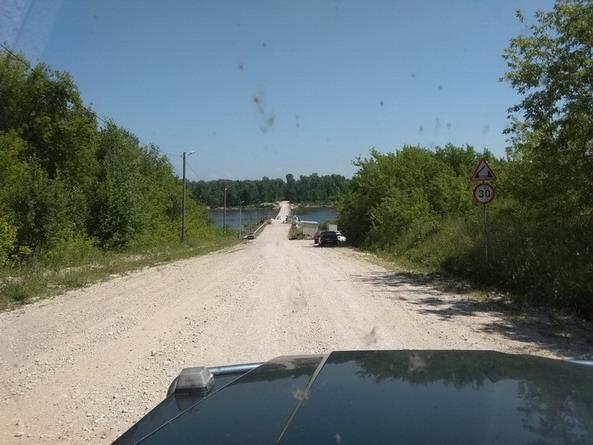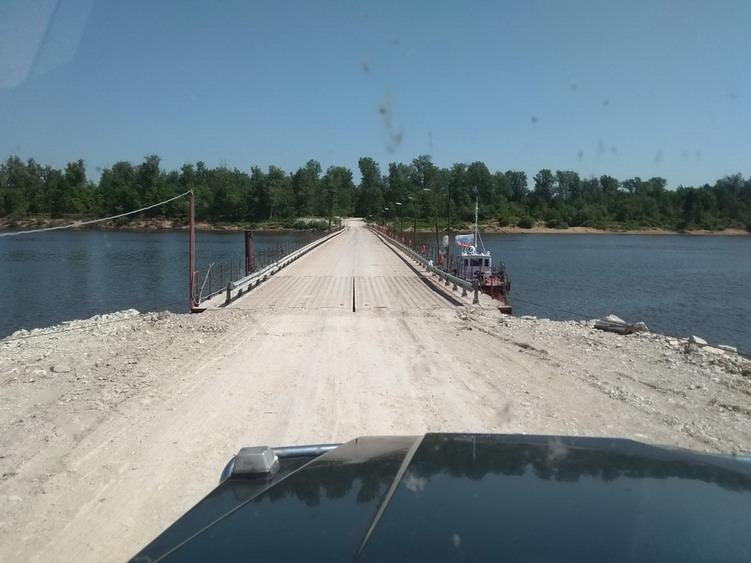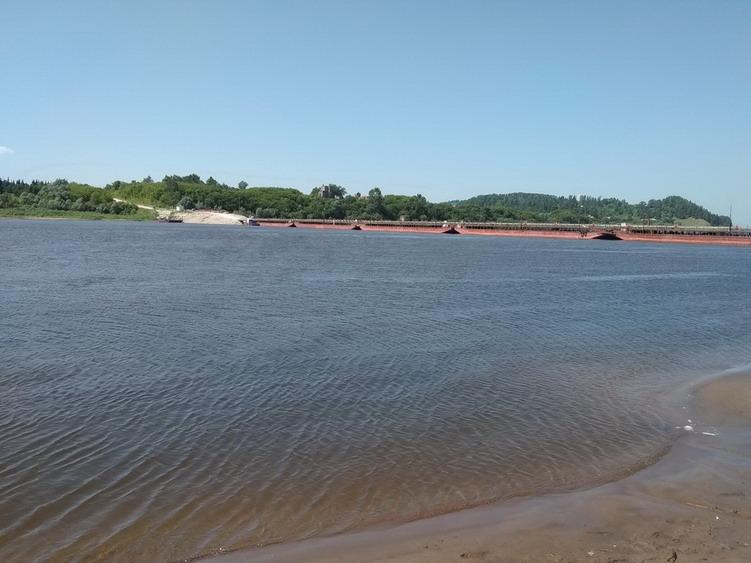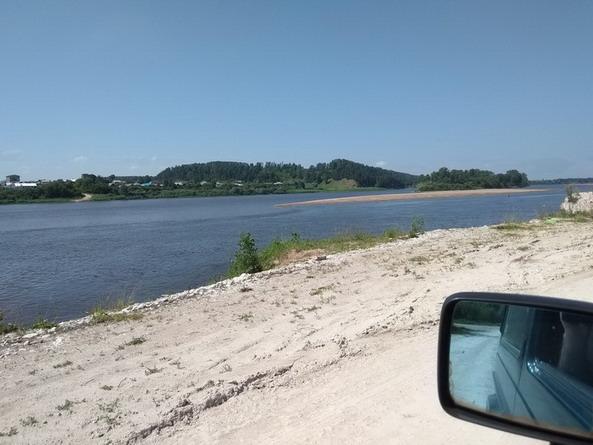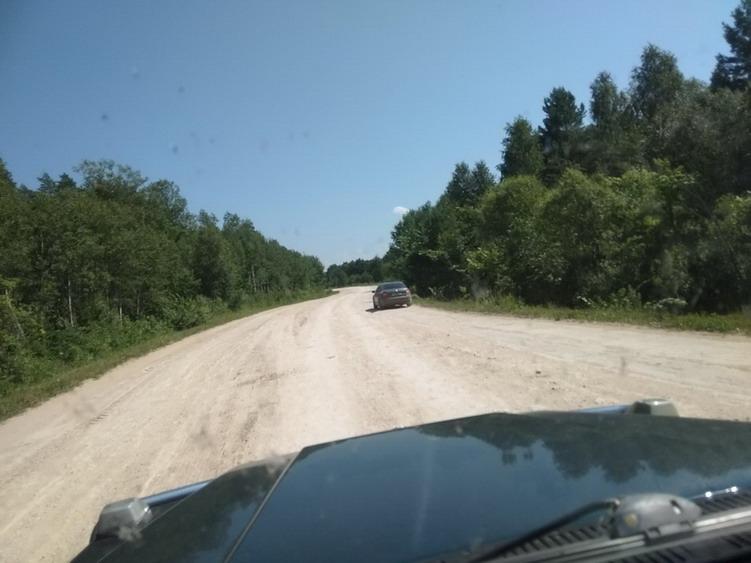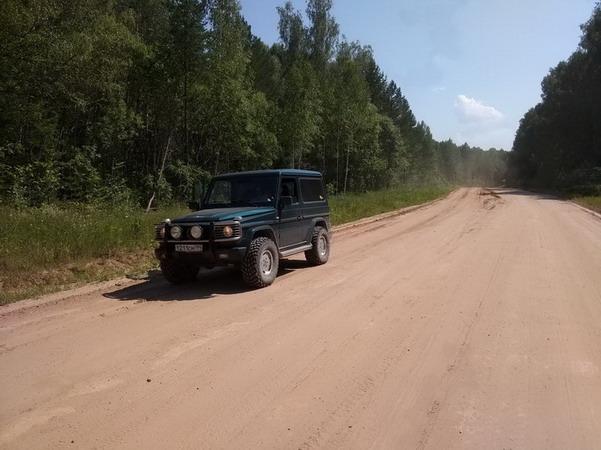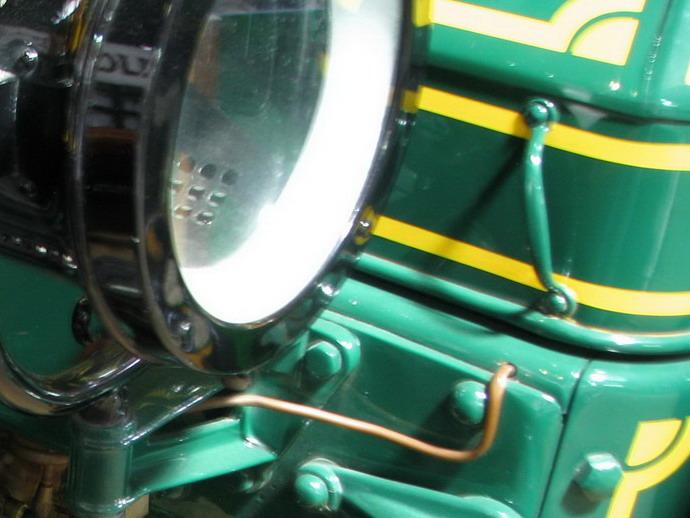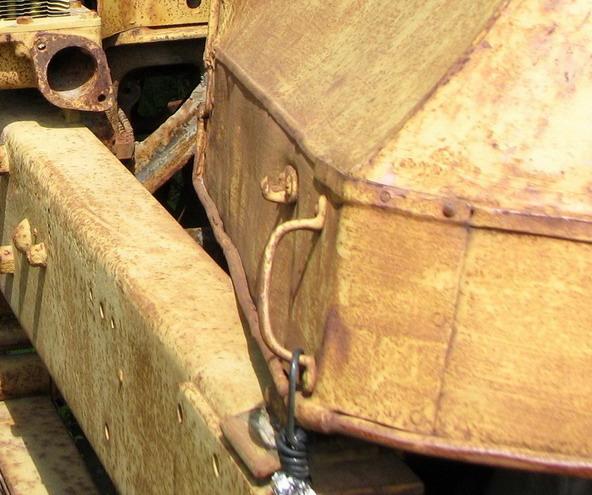-
Posts
7,929 -
Joined
-
Last visited
-
Days Won
78
Content Type
Profiles
Forums
Gallery
Events
Blogs
BMT Wiki
Collections
Store
Everything posted by Vladislav
-
Paul, I also thought about that many times but than finally figured the matter. Say a B-model is a very common old truck in the States, at least over East coast area and you don't need to go a hundred km because you can find multiple offers in a radius of 50. And if I look for an old Russian truck such as GAZ-51 or ZIS-157 which are about the same common overhere as a B-model in Pennsilvania I would also go for an example no further than 100km. Macks are extremely rare pearls overhere so the scale of the hunt is different. And my hobby is that exotic as long as I'm here. Once I thought to myself of if I ever live in the States I would import and restore ZIL
-
To my sorprize it's unclear to me so far. It's inline 6 END engine with turbo on the exhaust manifold. Originally I saw the turbo only and thought it was something like 237. The tag on the block is missed and the paperwork kept the # started with CM6-250 what I figured as misswritten EM6-250. But when looking the truck I found out it had a chassis mounted aftercooler in front of the radiator. And being a 1982 Macungie built unit the engine seems even as E6-350 2V. On the other hand the tranny is 5 speed so the engine should be Maxidine. Any EM6 with CMAAC? Telling more there's second transmission behind the main box connected by a drive shaft. Probably Browny and probably 3 speed but I didn't investigate the matter so far. There was an air shift control in the cab but it's no longer there, the air lines under the floor were cut.
-
Ok, to my understanding the engine SIZE is 672 ci
-
I once bought Mercedes G for parts and the story behing it was the guy had the front shaft front joint loose for a while. Ended up he had the axle pinion shaft broke down probably due to constant vibration and all the front drive shaft hitted the pavement at the speed of 100km/h. The guy got back to the place and picked up his broken parts on a side of the road only on the next day. Took him two bottles of Vodka to get relaxed in the evening.
-
The end of that part of the story we started backing home on the next day and the loaded trailer went to his company yard with a plan to hit the road in a couple of days. I took another road which worth pointing out since I drove no less than 1500km of nealy empty 2 lane highway with about no passes and light overspeeding. Would do it really nasty if drive a faster car but not this time. Telling further the trailer arrived to my place yesterday and we offloaded the Mack successfully. But I will share that part of the story the other day. Too much to type (and read?) at once, especially by language you don't use to use in everyday practice The pics - really long sections of empty road we combined with road repairs in 3 or 4 places. Some typical Ruaain road scenaries. Also an old Russian car Pobeda (means a victory) someone put on a display near the road.
- 68 replies
-
- 10
-

-

-
That same day we catched the final destination, met the owner and I finally saw the aim of the trip myself. Can't say I was really excited but the truck more looked alive than dead. The next day we installed the rear crank seal housing since the owner removed it planning to change the seal but didn't, flywheel, clutch set and the tranny. I brang a chain winch along the other things but the point to attach it was the body's front board which was not a perfect location to hang the tranny up. As a follow we put plenty of labour getting it in place. Having experience of installing clutch on my R-model I resolved to fit the pressure plate and discs on the tranny shaft and put on the engine all togeter. But R-model had a single disc clutch and the Cruiseliner had double discs. We put the tranny on the flywheel housing closer to the end of the day but the next morning I had to release the attaching screws and move it back for half an inch since we couldn't fit the pressure plate to the flywheel. Seemed like the intermediate plate didn't seat onto the flywheel pins. We tinkered with the matter for an hour or so and the pressure plate got better location. But closer to the end of the 2nd working day I found out no declutching. Ok, that's for further repair, home, not in the field. The end of the day was spent to reattach battery terminals to suit common (European or a car style) batteries I had to install on the truck. I grabbed a few cable sections with clamps at home so just connected them to stock Mack cables with bolts and nuts and insulated with duct tape. Took me plenty of time and no luck actuating the starter since the owner lost the ignition key... I straight jumped the starter the next day but didn't have luck with firing up the engine. Took me half more day to buy a bottle of either fluid, attaching a can with fresh diesel and getting black smoke from the pipe with smooth engine idling in the end. But my joy haven't happen to turn into real satisfaction since air pressure gauge didn't lift its needle higher than 15 or so psi. It went a lil bit higher when I revved the engine up for some while but slowly dropped down when back at idle. So no brake release and no truck moving. And the final decition was loading it on a trailer with a crane. Which was found locally and made its work quite quick and smooth
- 68 replies
-
- 12
-

-

-
The place I found to stay overnight was a small hotel right near the river by the name of Kama. KamAZ truck plant was named to it but the actual plant's location was in a few hundred km lower down the river's draft. Worth to admitt the water was cold and the dinner was excellent and cheap. Further road represented a section of a 6 lane highway starting from the city of Perm' which in 30 km turned out into a common 2 lane road with avarage traffic. Met that yellow with red IH somewhere overthere. Than further catched a couple of sections of road repairs where one of the two lanes was closed and traffic got switched to one direction changing another in 10 or 15 minutes. You had to stay in a line of vehicles and wait. The pics - the Kama river and the hotel near it. It's location was a side of the city of Perm'. Also IH truck and road repair scenary..
- 68 replies
-
- 10
-

-

-
As i said many times in the past there're just a few Mack trucks in Russia and only a finger count of old ones so I keep the track on the most of them. A few years back a friend of mine sent me a picture from the net with orange Cruiseliner with Russian plates. Those indicated registration of the city of Ekaterinburg which is a kind of a capital of the Ural mountains region. A bit later another friend met the owner on some local truck forum and supplied me with contact info. I made a phone call, learned the specifications and the chassis # and was also told that the truck was selling. But the asking price didn't suit my interest. In a couple of years I had another talk and the owner said he had a clutch broken down but was off the line to fix at the time being busy with current affairs. We splitted the cost to a half if buying as is but the guy was also not ready to arrange the sell being busy. I supposed he had something wrong with family or so and didn't bother him for some while. Called in a half of a year and again in a year and again. Time goes fast as we all know and in this passed spring I was again sent a picture by a friend. The pic showed the truck with windscreens and headlights broken so I immediately made a call. Turned out scums slicked in to the yard and ruined the glasses, outer mirrors and instruments in the dash. The owner was really broken and splitted the cost twice more. So it was the time to get or loose and I started planning a roadtrip. I had old 14" clutch discs of the style needed so the initial plan was to assemble the clutch, install the tranny (which was T1078 5 speed) and try to get the truck running.If the stars line up really well I would load my car onto the Mack's bed and drive home in the Mack. But that didn't seem real enough so i also looked for possibilities to tow or move on a trailer. Cabovers are usually tall animals so common trailers wouldn't work. And lowboys are extremely costy. Anyway I put a request on a local transportation website and to my big surprize got multiple lowboy offers of a quite reasonable price range. Corona times aren't nice for all the commersion and it looked like the transportation serives didn't became an exception. Ended up with a person local to the place where the truck was parked and his particular trailer was low enough to not remove horns and lights off the roof. The time shedule was also comfortable. At a certain time I loaded my trusty Mercedes-G with a pair of good batteries, clutch discs, tools, rags and plenty of other useful items and catched the road with a company of my shop guy. The distance to cover was a bit less than 2000 km and I resolved to make it in 2.5-3 days making stops and even swimming in rivers to turn the deal into a kind of a holiday trip. Turned out we made the first 3 hundred km and the outside temp got up to 36 Celsias (95F-?). The G doesn't have AC from the factory so after covering 3 more hundred km I didn't miss a chance and drove 5 km aside of the highway to catch Volga river. We freshed ourselves up, got snakes in a local cafe and covered 3 more hundred that day. Stayed overnight near big city Kazan' and planned to continue the way. Google map showed the road on my telephone quite straight. But when I zoomed that blue line in one spot seemed strange to me. There was a big river crossing and the line had a small gap. I felt surprize and switched to the satellite view. Found out no bridge on the photo and a ferry crossing script. Such layout didn't suit a state of Russian main road to Siberia. Still can't understand why navigation recommended that way but didn't decline the idea completey. Googled "Viatka river crossing" and read multiple web discussions on bridge construction and finally learned that there was a ponton bridge there at the time, no ferry. Something was written also about bad road sections before and after the bridge but having big wheels and time I figured I'd make a try. Now it seems as a worth to do deal but I will definitely not drive that road again. Covered 2 hundred km of a half-empty local road and catched a gravel section nearly 5 km long before came to the bridge. Turned out it was a private and a toll bridge. Not a problem for a car but truck pass would be costy. The best thing I steered into the woods right after the bridge and we got to a sandy beach almost close to the water. Swam for half an hour and went back on the road. Its part after the bridge was discovered much worse than before it. Just a dirt road with deep ditches and total washboard. I passed 2 or 3 cars which drove 5km/h. Not anything unusual to me and my 33 MT tyres so I drove 40 with plenty of shaking and dust. Funny thing it took us no less than 25 km to get to black top paved way. The pics - the truck as I first saw it on the net image, the bridge and the road further.
- 68 replies
-
- 11
-

-

-
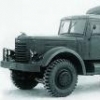
Front Spring Insulators
Vladislav replied to h67st's topic in Antique and Classic Mack Trucks General Discussion
-
The gauges are mostly standart military gauges. Were used on Willis Jeep, Dodge WC etc. Check out Kaizerwillis.com (or so), that guy has the most of the gauges you need. Excepting the tacho which was not used in Willis but was in GMC, White halftruck and some other WW2 vehicles. Glasses are all flat glass, no trouble. Windscreen frames could be an issue but they're a L-model part. Original engine model is EY but in fact it's a common Thermodyne 707 gasser with modified oil pan to accomodate the front drive axle. Could also be easily swapped to END diesel off a B-model or so.
-
It could be a NM-3 of 1941 but could also be not. The dash panel in the cab looks like original military style with small gauges and big round box attached at the center which was an electric brakes control for a trailer. But the doors have vent windows what means they are after the war doors. Original ones had one piece glasses. Also factory NM closed cabs had a kind of air intake or deflector on the top of the roof near the windscreens and I don't see it on the truck. One more very distingueshed feature that stood early NM's (including NM-3) apart from later series were hood sides with louvres. But those parts are gone here so no clue. Actually the most correct way to determine the series of this (definitely NM-model) Mack is to compare the chassis number. It must be stamped on the LH frame rail behind the front wheel near the top edge of the rail. Must be in the range between NM8D 1196 and NM8D 1299. There's a very good and useful book written by Dutch person by the name of Bart Vanderveen which covers all history of Mack military production including WW2 models.It also conteins info on chassis ## of many particular truck models including all series of NM.
-

RD685
Vladislav replied to Ditchdiggerjcf's topic in Antique and Classic Mack Trucks General Discussion
Yes if you also swap the brackets. -

Label location
Vladislav replied to phildirt's topic in Antique and Classic Mack Trucks General Discussion
I have that sticker on the driver's side door post on my R's. DM had it on LH door. Interesting thing I found 4 different designs of it and all had almost similar part# printed on. -

Drag link boots
Vladislav replied to h67st's topic in Antique and Classic Mack Trucks General Discussion
Yup. We discussed that just a few weeks back. -

AC Hood
Vladislav replied to paulbrook's topic in Antique and Classic Mack Trucks General Discussion
Can't figure what happened to the top edge of the hood sides. Never saw that line with a corner in the middle. A couple of handle pics. Sorry they aren't a perfect stuff but seem usable. -
A difficult to pass by object.
-
An original tandem A-model is an interesting unit. And fixing it up with factory flathead gasser would make it really rare. But I'm with you on more special appearance of a H in relation to.
-

Inconsolable
Vladislav replied to 66dc75's topic in Antique and Classic Mack Trucks General Discussion
Ok, got it. Just thought the prime mover was yours. And the small one also by the matching colors. -

Inconsolable
Vladislav replied to 66dc75's topic in Antique and Classic Mack Trucks General Discussion
Wow! Didn't know you had that old A-car in the middle. Nice collection and thank you for the tour -

Tire Pressures
Vladislav replied to Paul prinzo's topic in Antique and Classic Mack Trucks General Discussion
That trip I covered nearly 40 kilometers of that dirt road. It took me one and a half hour plus a 10 minutes relaxing stop. Rears were inflated to 4 bar/59psi and the truck was really shaky. Fronts were 6bar/88psi. Having that pressure I noted rear tyre's shoulder areas didn't touch pavement when you're on a highway keeping dust on. After home I deflated rears to the pointed above 2.5 bar/37 psi and felt much better with tyres making contact by full width. Was going to drop off more down to 2 bar/ 30 psi but just didn't do that. Cars drive with 2 bars in tyres but car's rim has humps for better sidewall lock and truck whells don't. -
Almost the same with me. No TV antenna/cable and news only from the net being patiently readed to filter off BS and hidden advertizement.
BigMackTrucks.com
BigMackTrucks.com is a support forum for antique, classic and modern Mack Trucks! The forum is owned and maintained by Watt's Truck Center, Inc. an independent, full service Mack dealer. The forums are not affiliated with Mack Trucks, Inc.
Our Vendors and Advertisers
Thank you for your support!




